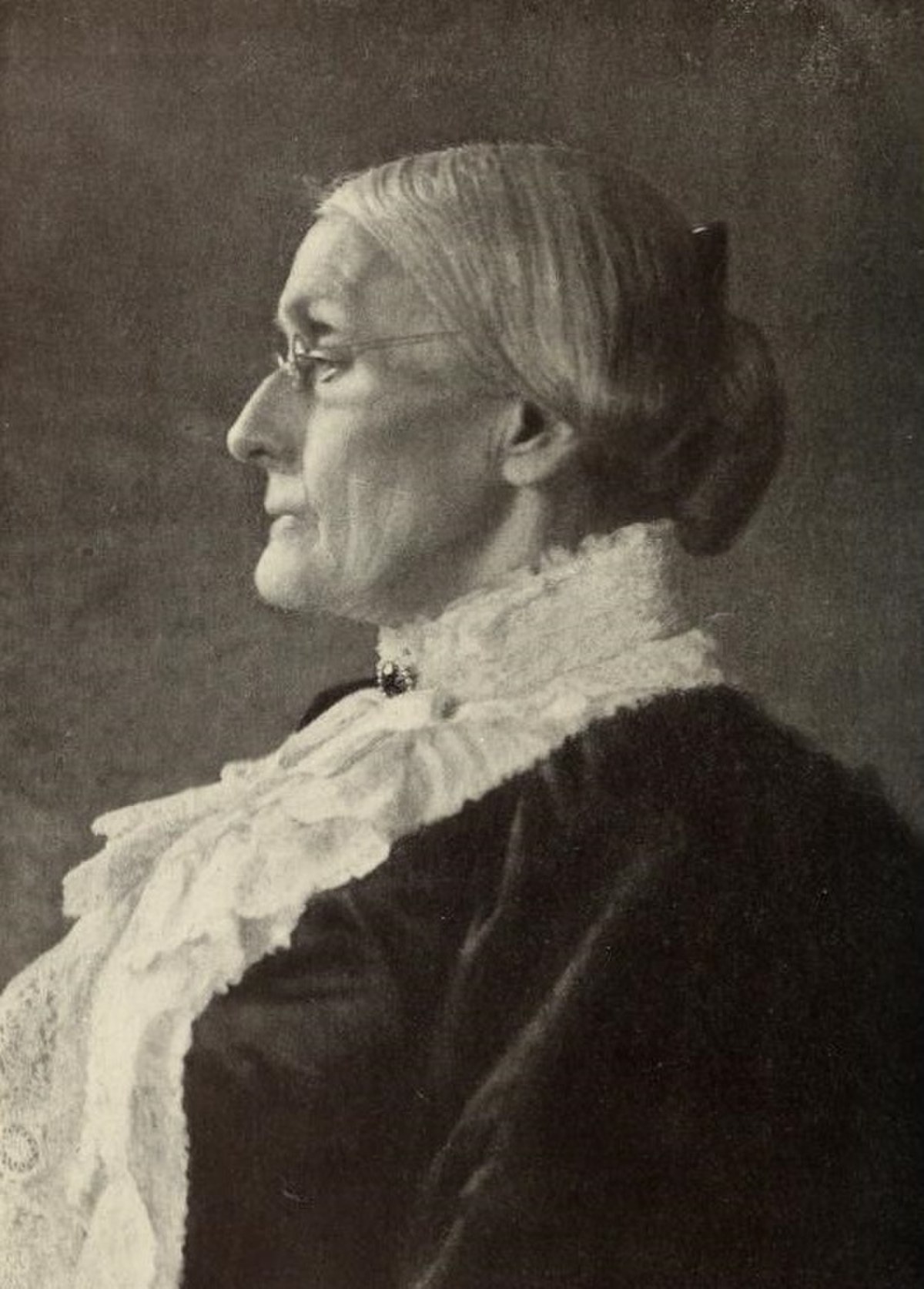
Women's Suffrage
United StatesThe women's suffrage movement began with the June 1848 National Convention of the Liberty Party. Presidential candidate Gerrit Smith argued for and established women's suffrage as a party plank. One month later, his cousin Elizabeth Cady Stanton joined with Lucretia Mott and other women to organize the Seneca Falls Convention, featuring the Declaration of Sentiments demanding equal rights for women, and the right to vote. Many of these activists became politically aware during the abolitionist movement. The women's rights campaign during "first-wave feminism" was led by Stanton, Lucy Stone and Susan B. Anthony, among many others. Stone and Paulina Wright Davis organized the prominent and influential National Women's Rights Convention in 1850.[67]
The movement reorganized after the Civil War, gaining experienced campaigners, many of whom had worked for prohibition in the Women's Christian Temperance Union. By the end of the 19th century a few western states had granted women full voting rights,[67] though women had made significant legal victories, gaining rights in areas such as property and child custody.[68]
Ask Herodotus
HistoryMaps Shop

Heroes of the American Revolution Painting
Explore the rich history of the American Revolution through this captivating painting of the Continental Army. Perfect for history enthusiasts and art collectors, this piece brings to life the bravery and struggles of early American soldiers.








